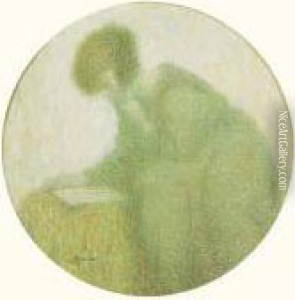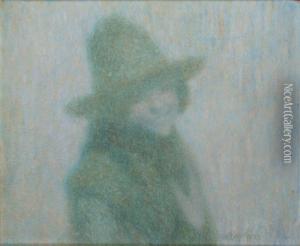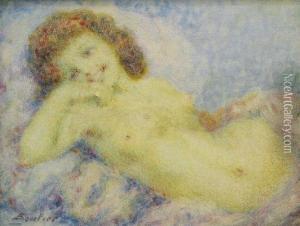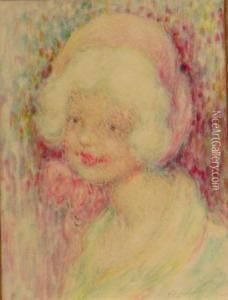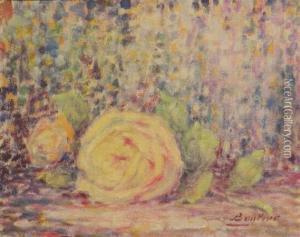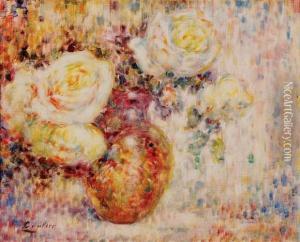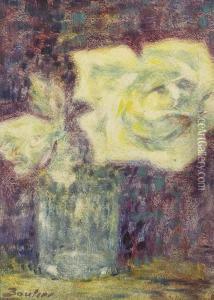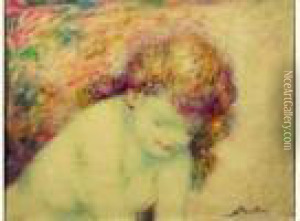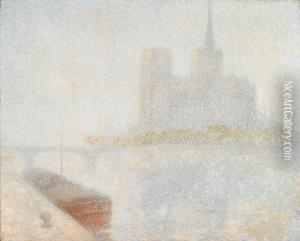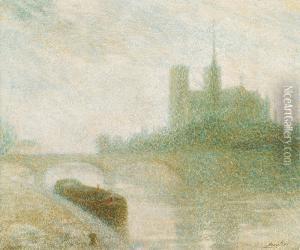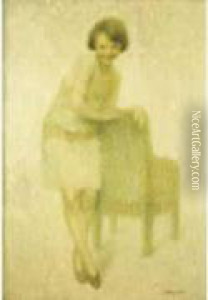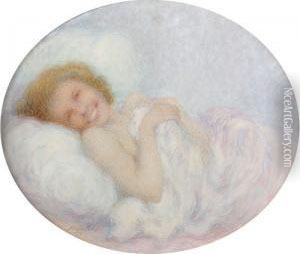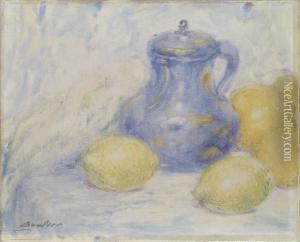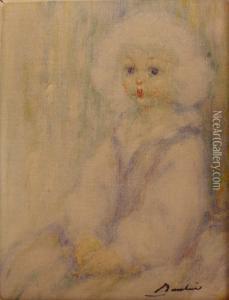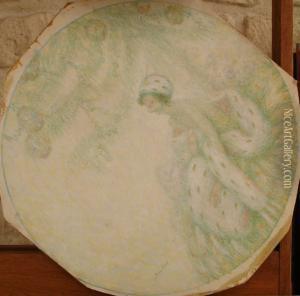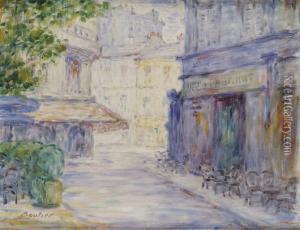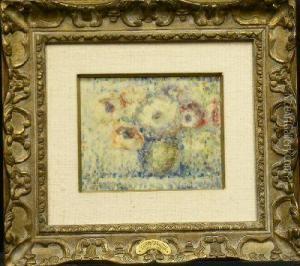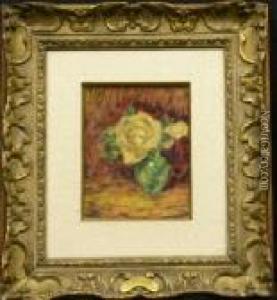Lucien Boulier Paintings
Lucien Boulier was a French painter, born in 1882 in the town of Laval, in the Mayenne department of France. He was an artist known for his landscapes, marine scenes, and still lifes that often depicted the French countryside and coastal areas.
Boulier studied at the École des Beaux-Arts in Paris, which was the most influential art school in France at the time. There, he was a pupil of well-known academic painters such as Léon Bonnat and Fernand Cormon, who were prominent figures in the French art scene during the late 19th and early 20th centuries. Under their tutelage, he honed his skills in painting and developed a keen sense of light and color, which would become a characteristic feature of his work.
Throughout his career, Boulier was associated with the post-impressionist movement, which sought to move beyond the naturalism of the Impressionists and to use color and form to express emotion and harmony. Although not as famous as other post-impressionists like Vincent van Gogh or Paul Cézanne, Boulier contributed to the movement with his unique style and interpretation of the French landscape.
He exhibited his work at various salons and galleries throughout France, and his paintings were well received by both critics and the public. Boulier's work captured the essence of the French rural and coastal scenery with a particular sensitivity to the changing qualities of light and atmosphere. His paintings often featured serene compositions, with a delicate palette that evoked a sense of calm and beauty.
Lucien Boulier continued to paint throughout his life, remaining active in the French art world until his death in 1963. Today, his works can be found in several French museums and in private collections. They stand as a testament to his skill as a landscape painter and his contribution to the post-impressionist movement in French art.
